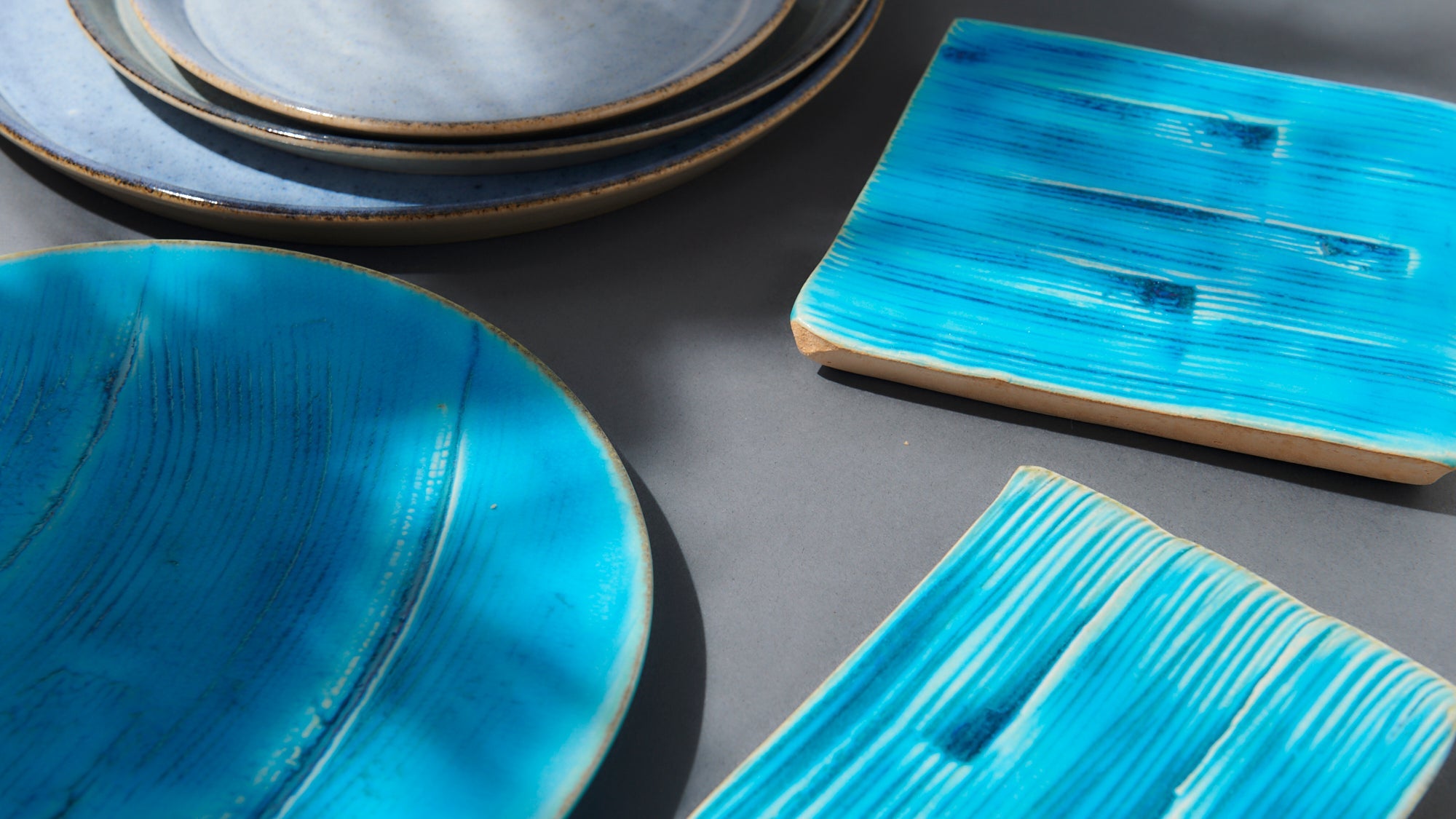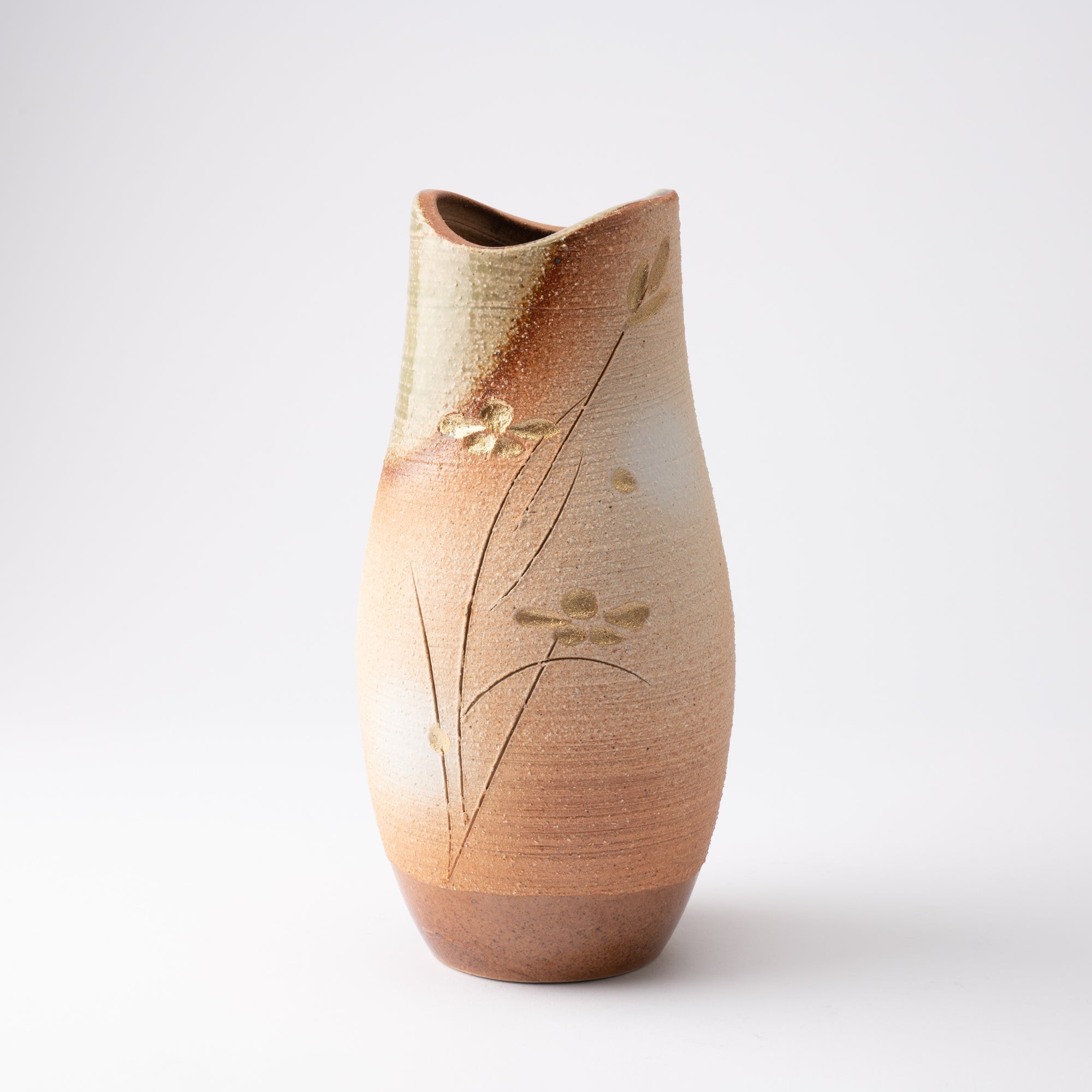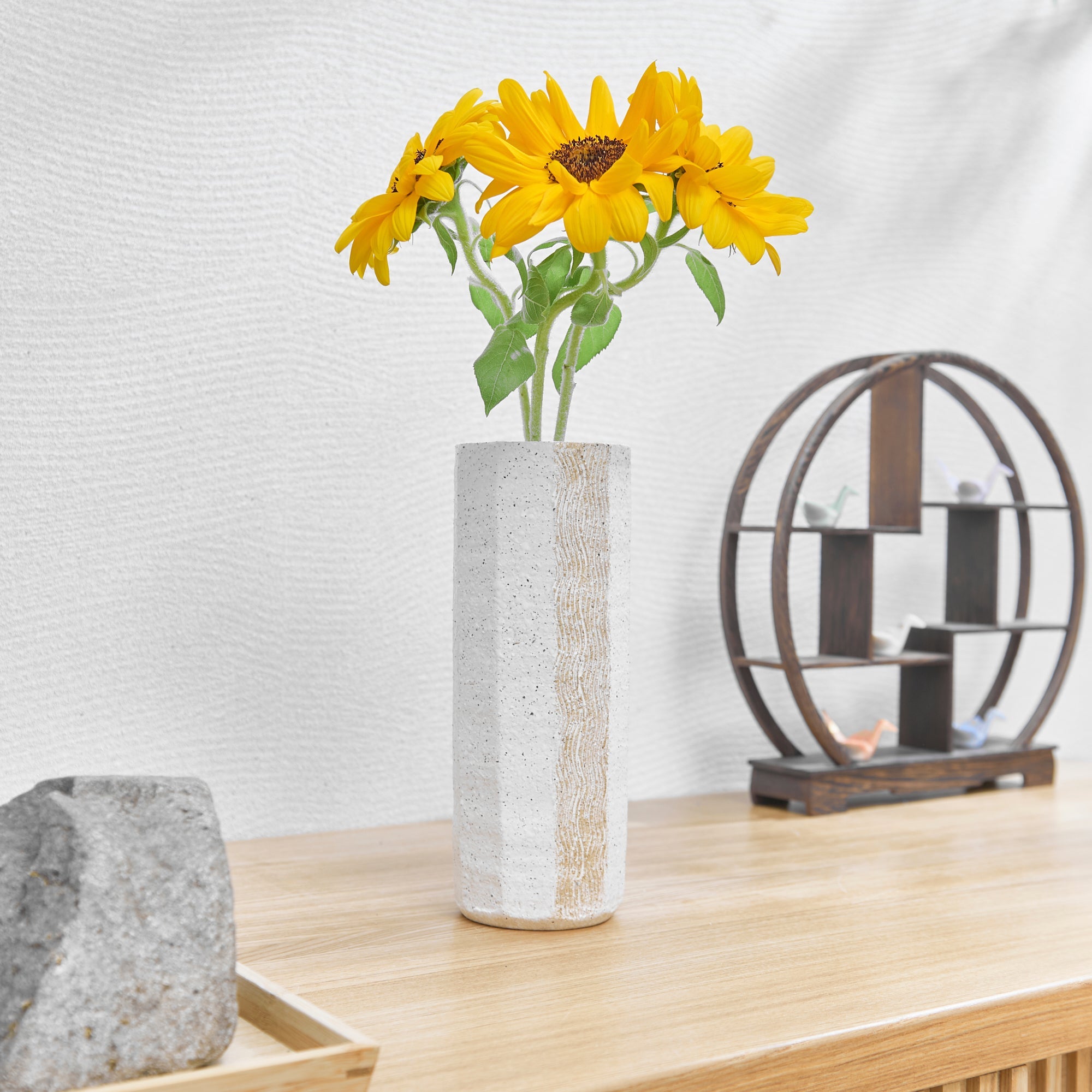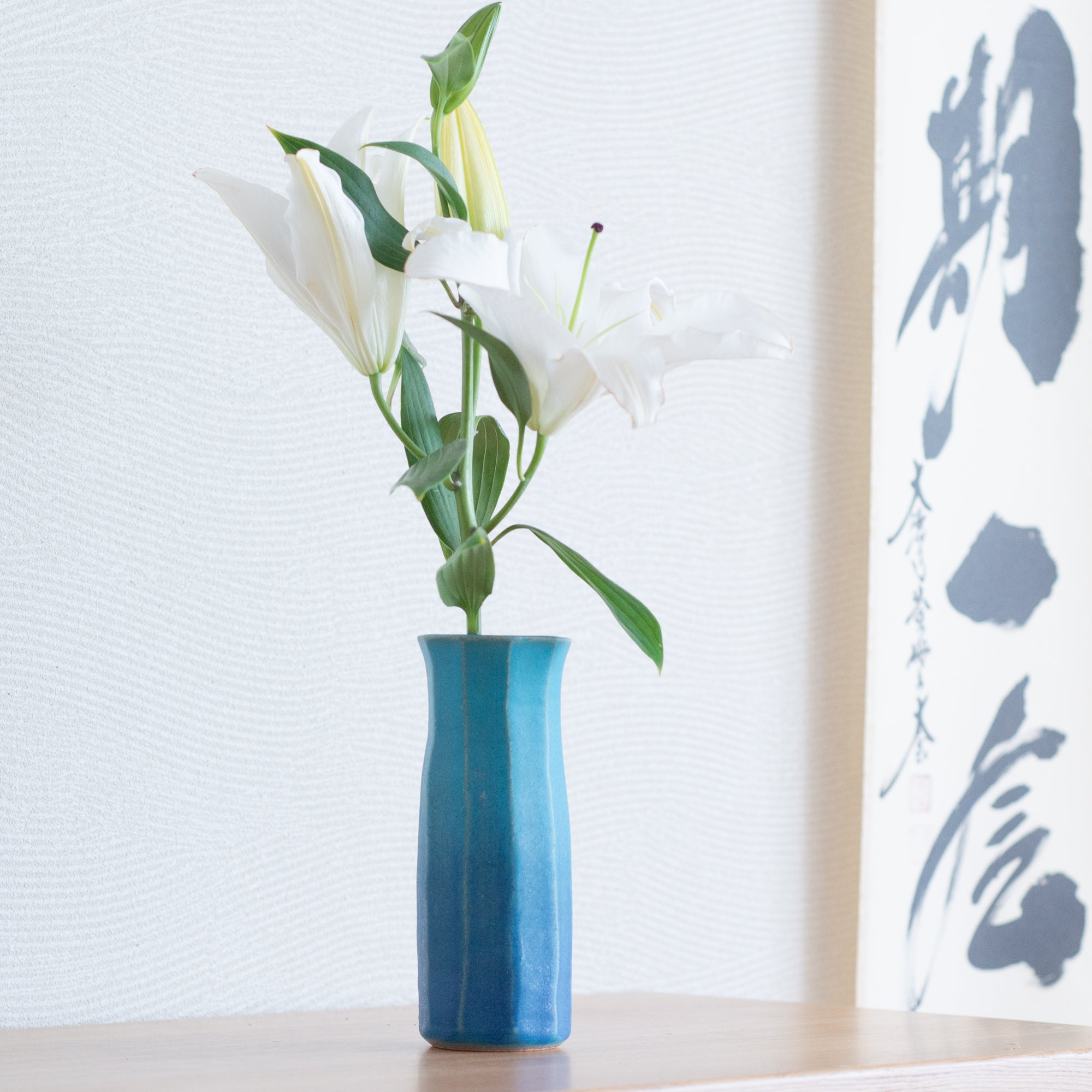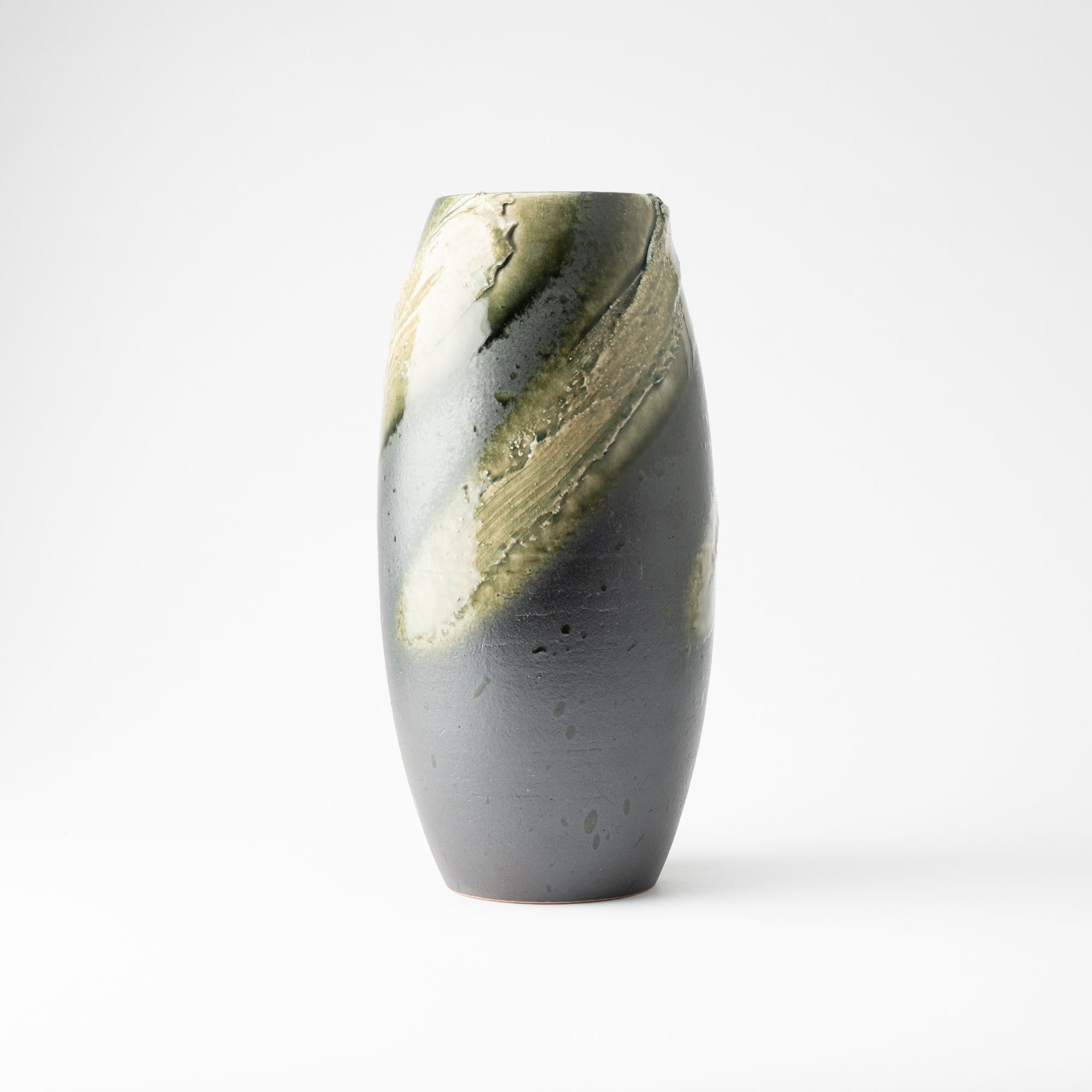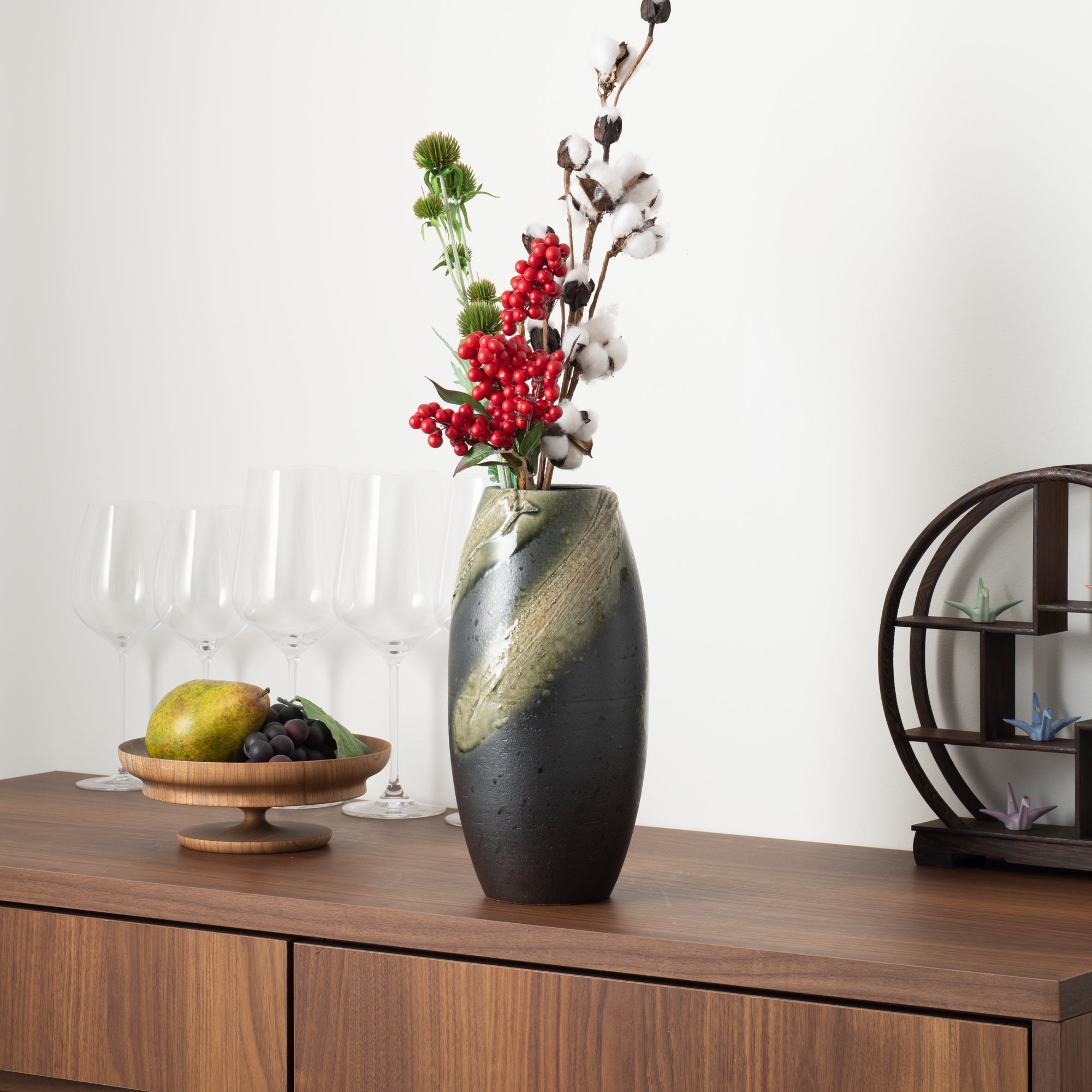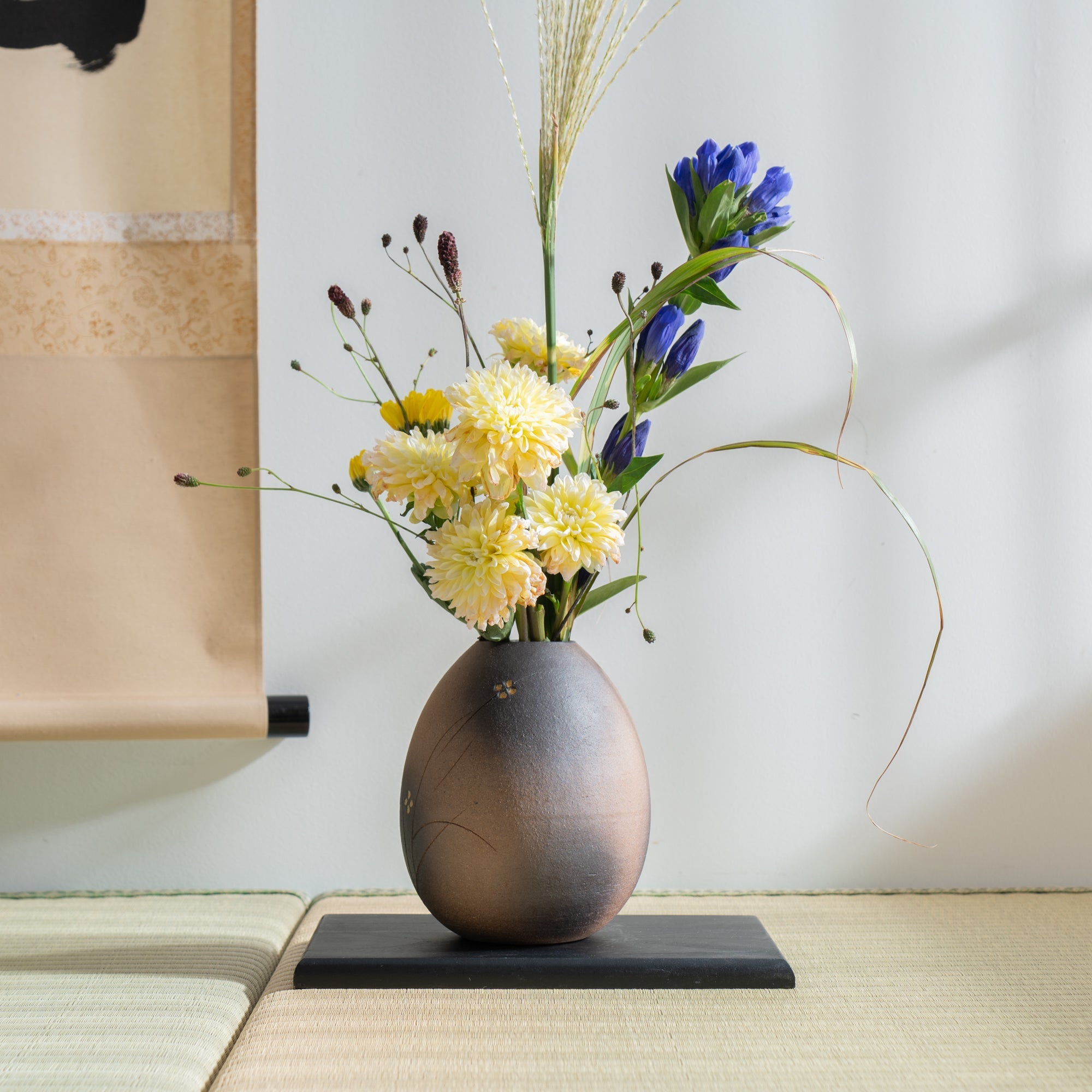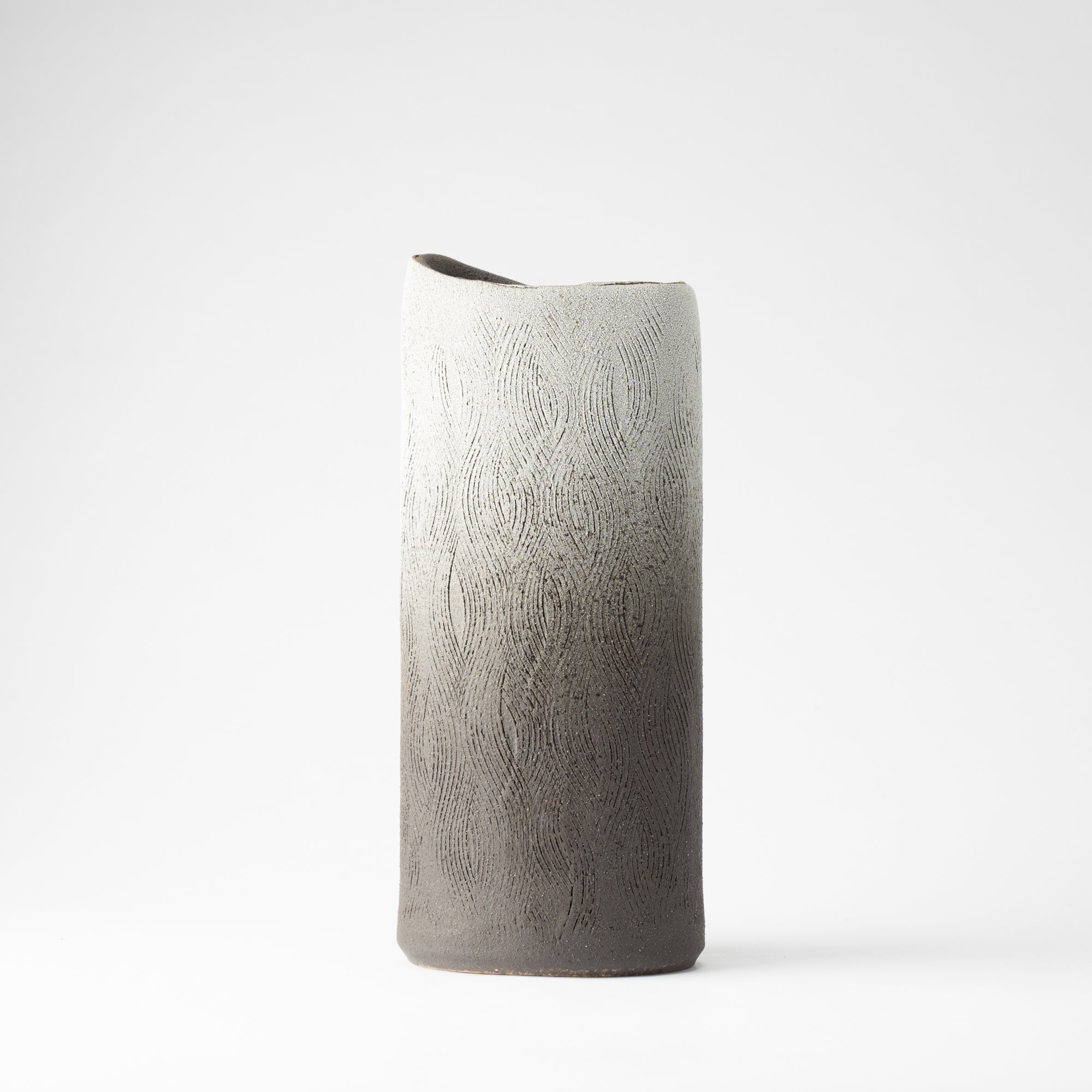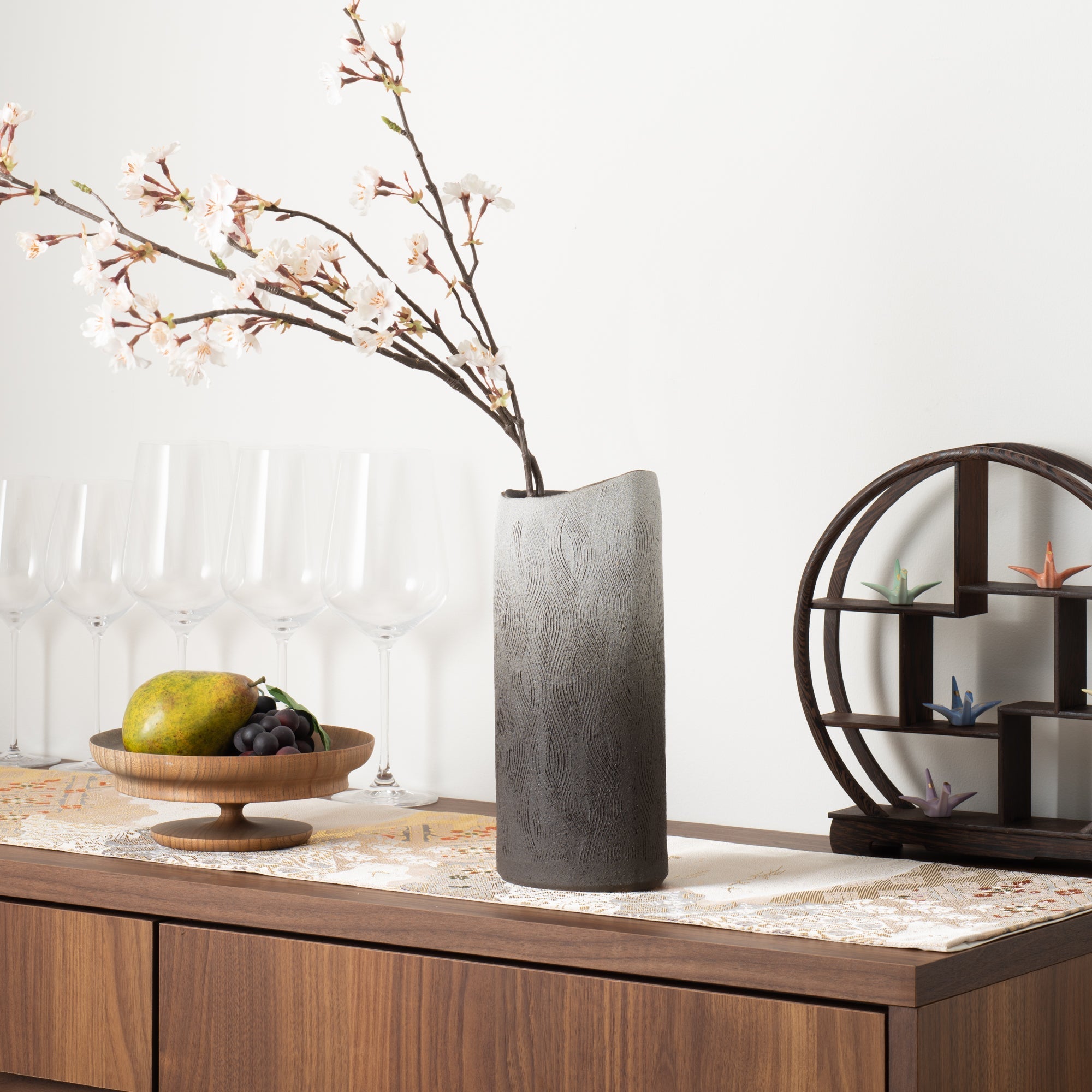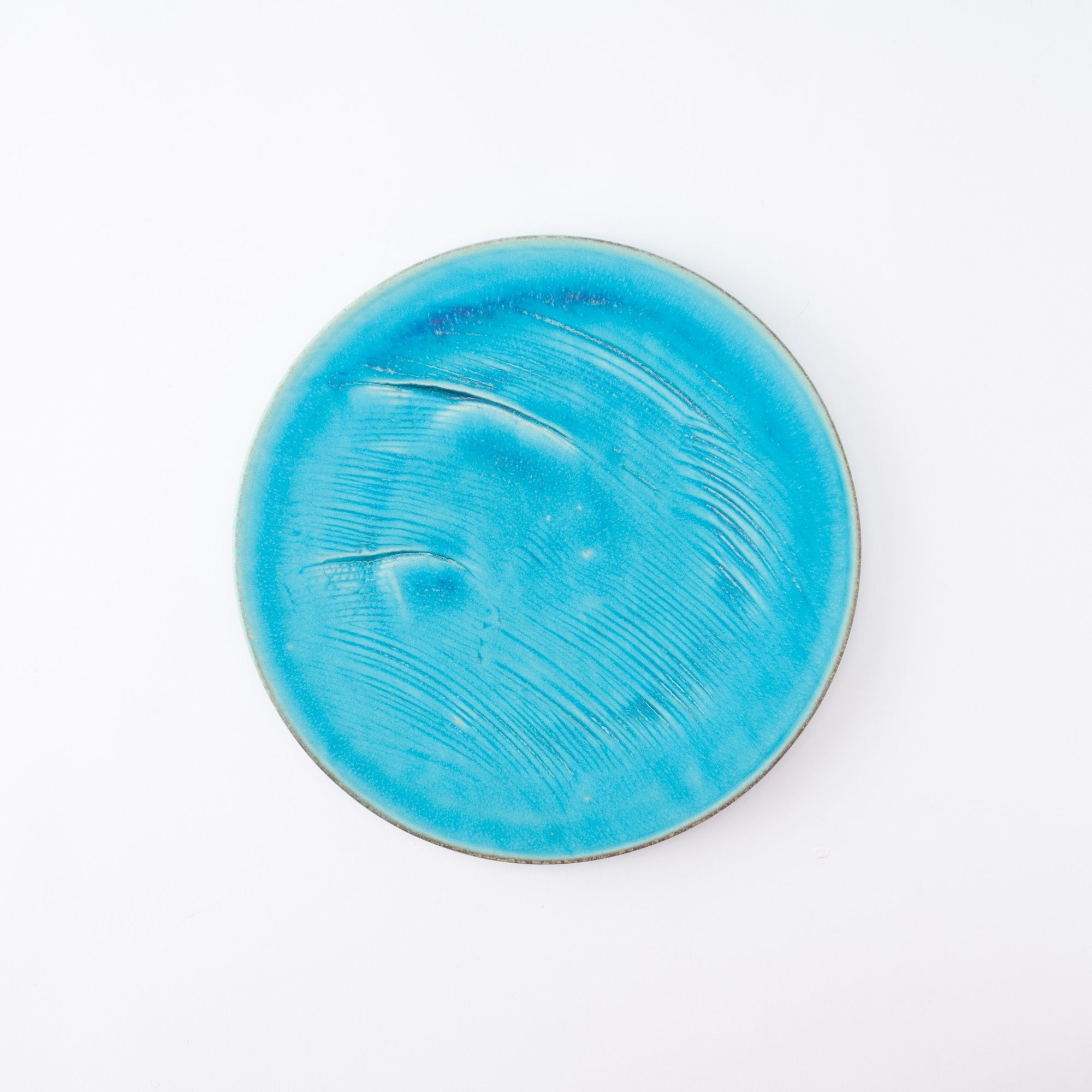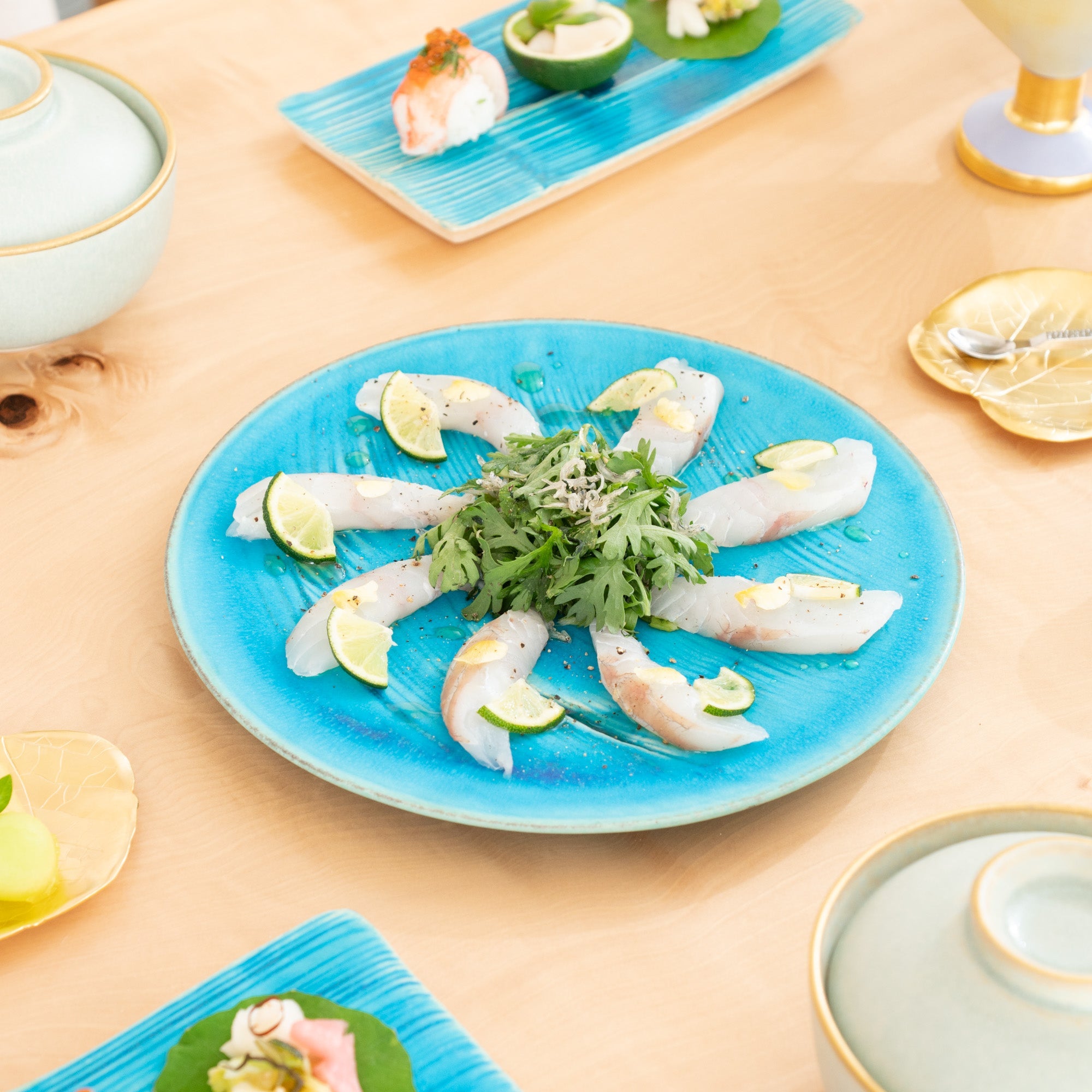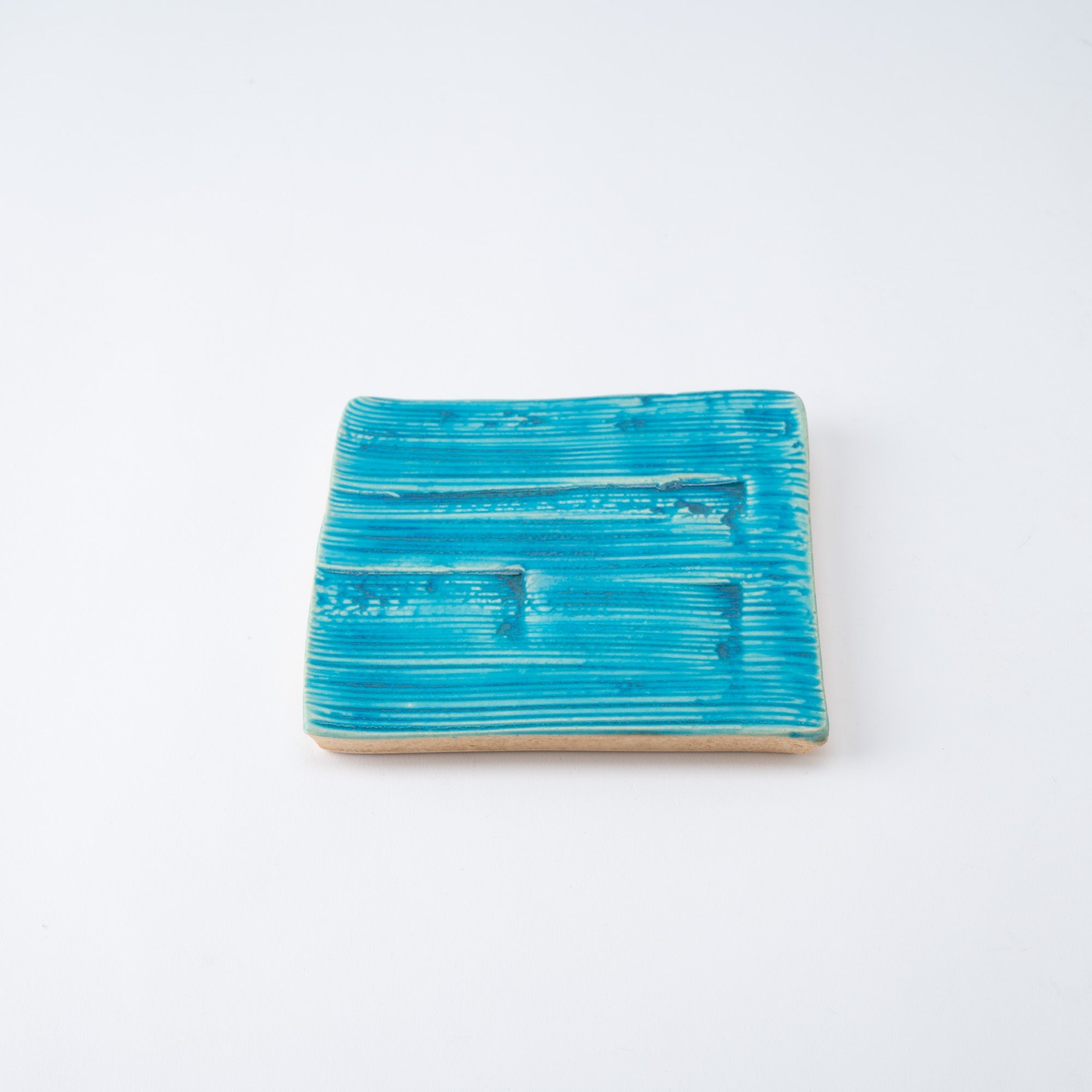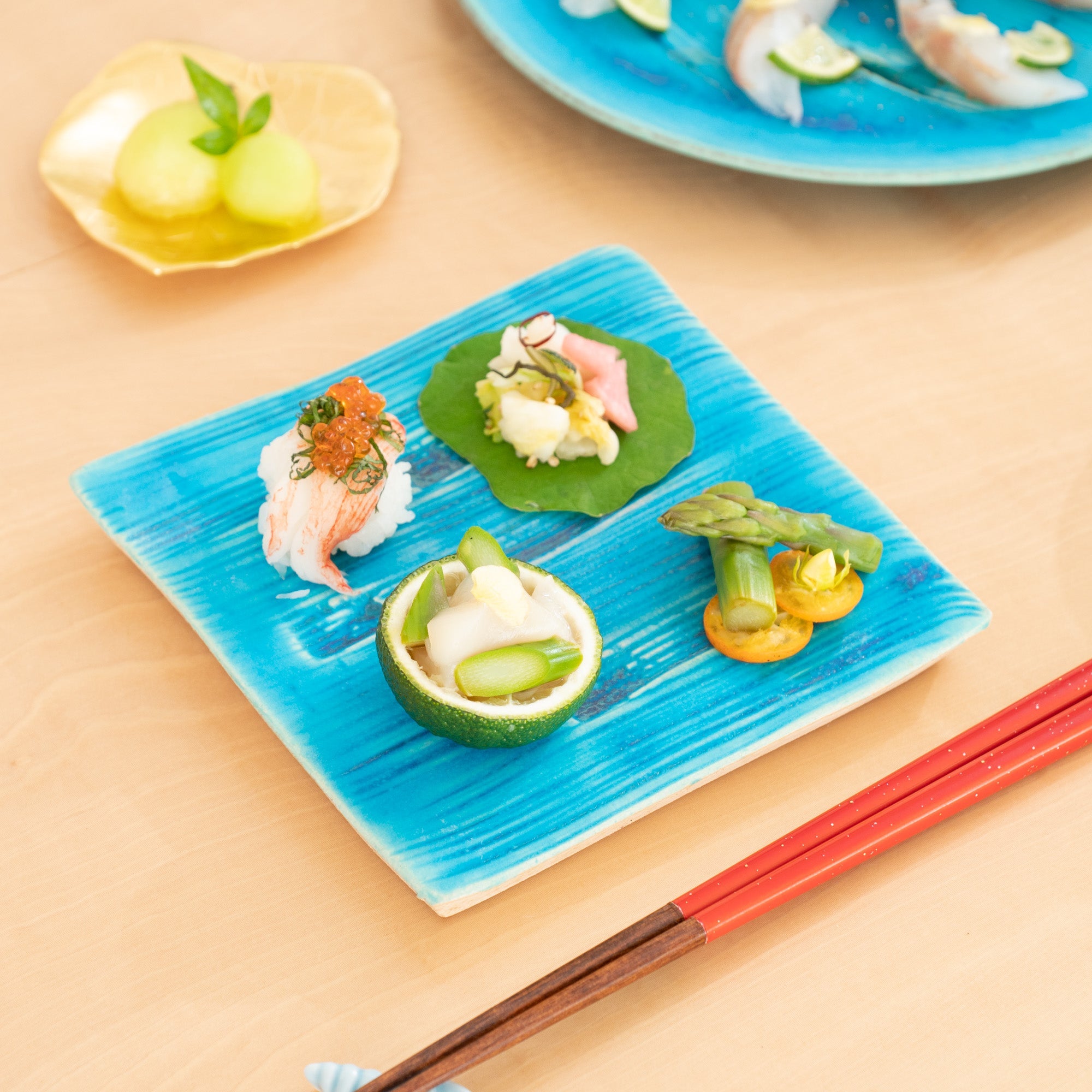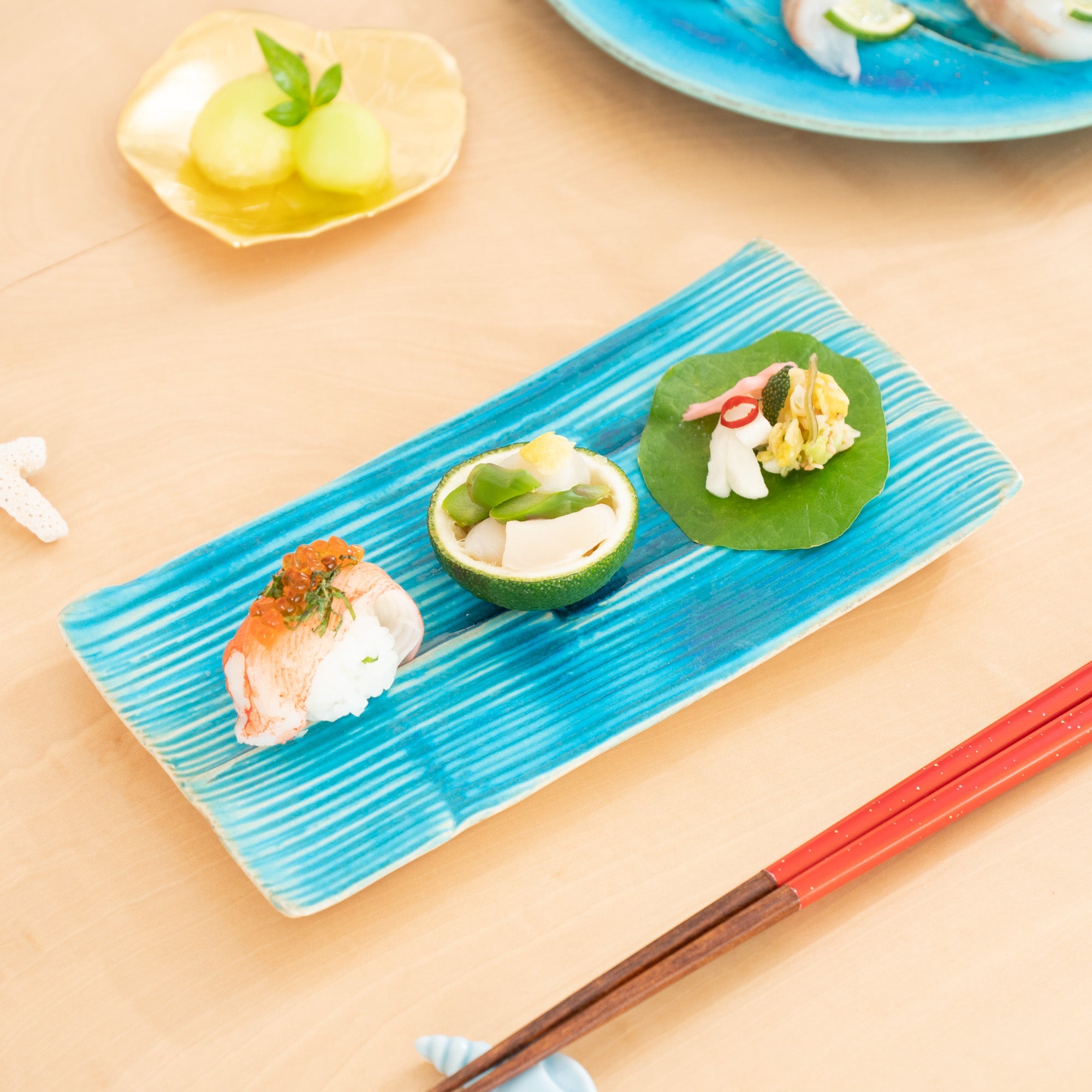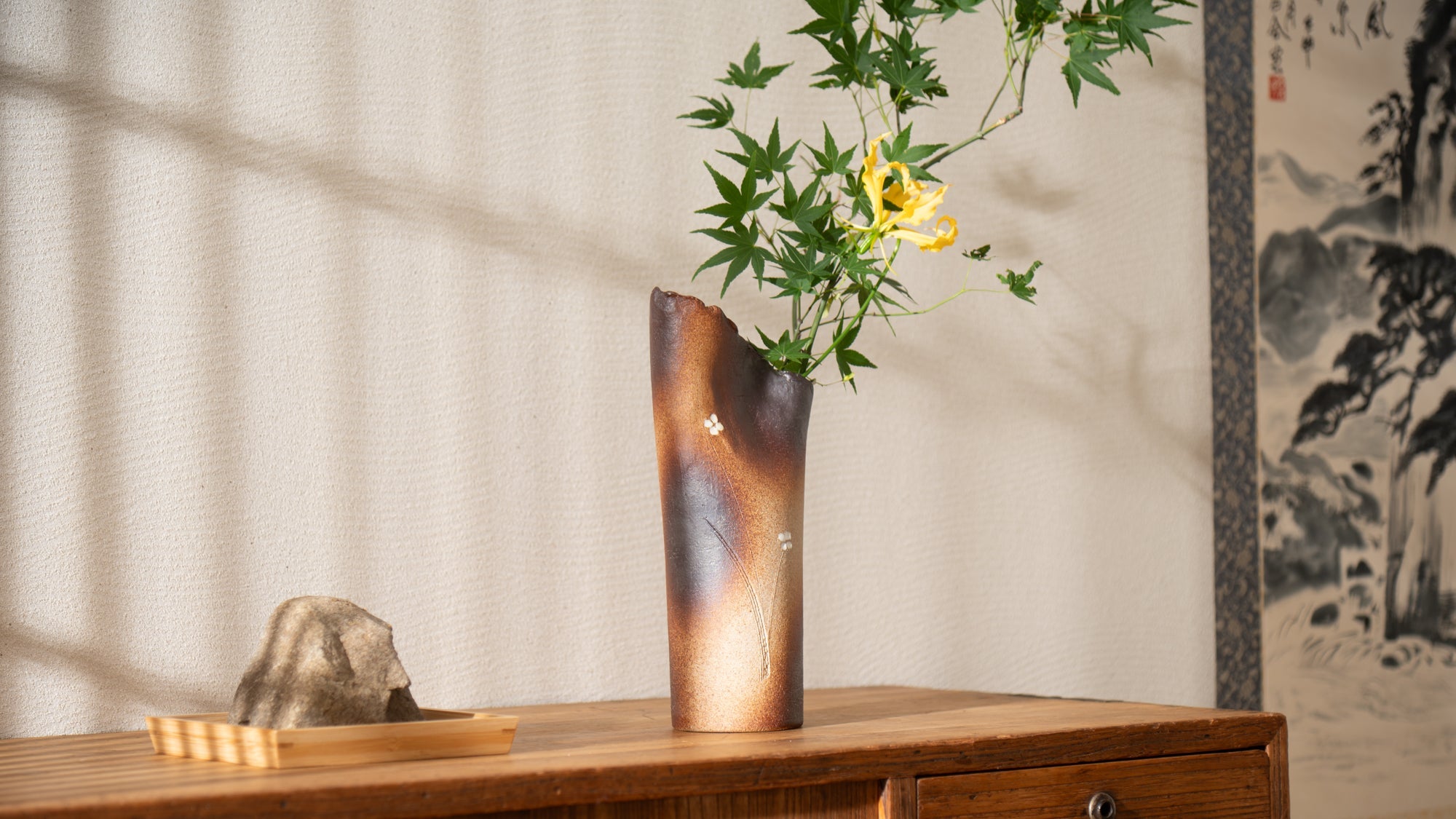
Cerámica japonesa Wabi-Sabi
Cerámica Shigaraki
Shigaraki es uno de los seis hornos Rokkoyo más antiguos de Japón y lleva mucho tiempo produciendo cerámica natural esmaltada en ceniza que aprovecha las cualidades inherentes de su arcilla. Esta arcilla, procedente de la antigua capa del lago Biwa, formada hace 4 millones de años, es reconocida por su alta calidad, resistencia al fuego y plasticidad. Esto la hace ideal para la elaboración de piezas grandes y pequeñas. Incluso sin esmaltar, la cerámica Shigaraki posee un encanto único, convirtiéndola en una opción muy apreciada para floreros y vajillas de té.
La cerámica Shigaraki es una forma representativa de la cerámica japonesa que permite apreciar la belleza natural de la arcilla, caracterizada por su color cálido y su textura gruesa y resistente al fuego.
La cerámica Shigaraki es una cerámica japonesa producida en los alrededores de Shigaraki, ciudad de Koga, prefectura de Shiga. Forma parte de las Rokkoyo, que representan las seis zonas de producción cerámica más antiguas de Japón, y tiene su origen en el Período Nara (710 d. C.-794 d. C.).
Las tejas hechas de cerámica Shigaraki se hornearon en Koga cuando el emperador de la época, Shomu Tenno, construyó un palacio independiente llamado Shigaraki-no-Miya.
La cerámica Shigaraki se caracteriza por su arcilla rugosa y resistente al fuego, y se fabrica mezclando y amasando materias primas llamadas kibushi, mizuchi, y Gairome Con arcilla del fondo del lago Biwa. Esta arcilla es adecuada para fabricar objetos de gran tamaño, y en el período Kamakura (1185 d. C.-1333 d. C.), las jarras de agua se fabricaban principalmente para almacenar agua de uso diario.
Con el auge de la ceremonia del té durante el período Sengoku (1467 d. C.-1590 d. C.), la cerámica Shigaraki conquistó el corazón de muchos maestros del té, como Murata Juko (1423-1502) y Sen no Rikyu (1522-1591), por su representación de la estética del wabi-sabi. La textura rústica y cálida, así como el color de la cerámica Shigaraki, eran muy valorados.
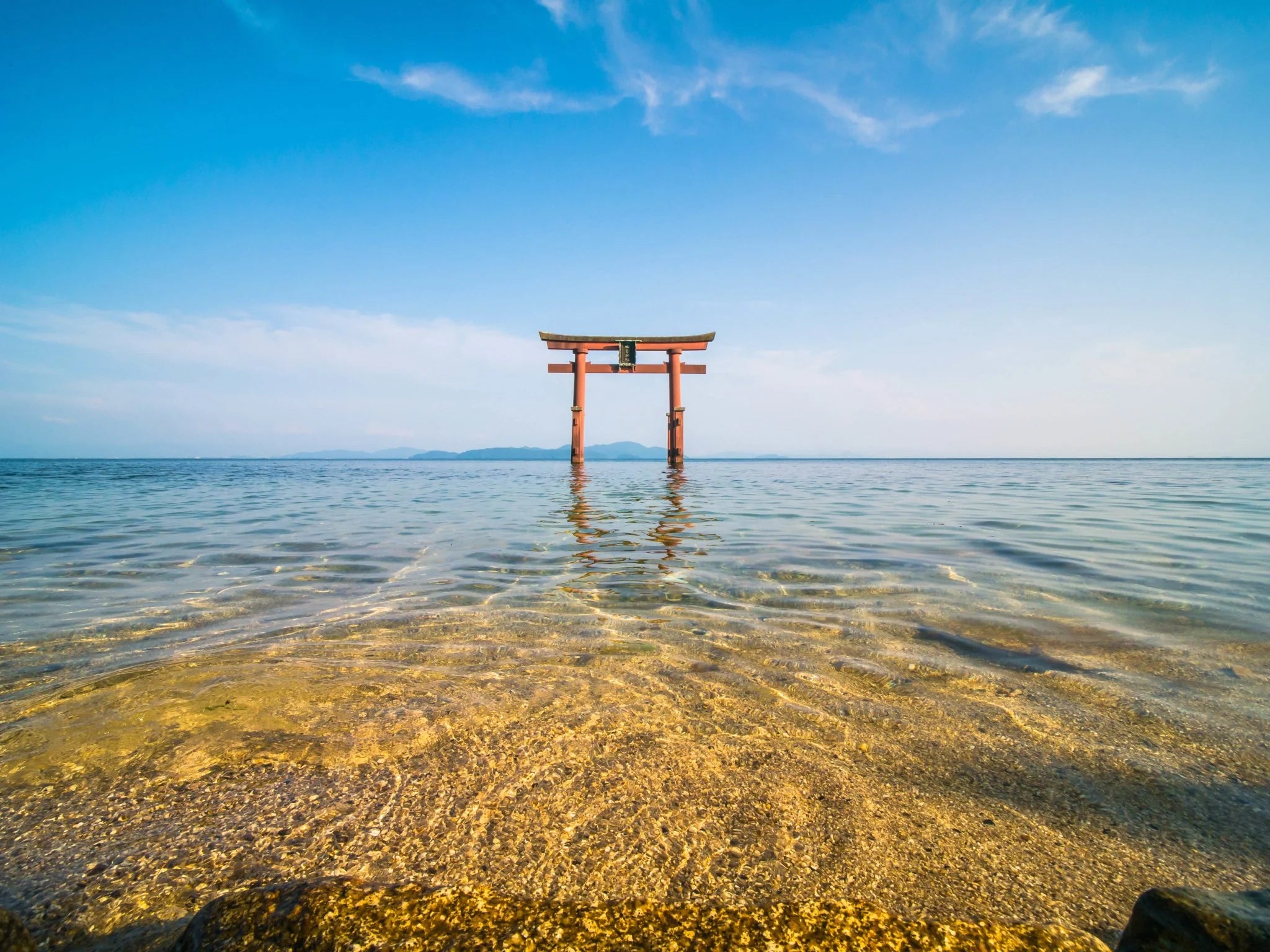
A partir del Período Edo (1603 d. C.-1868 d. C.), la cerámica Shigaraki se convirtió en un utensilio doméstico gracias a sus propiedades resistentes al fuego, como tokkuri, una jarra de sake, y donabe Ollas de arcilla japonesas. En la era Meiji (1868-1912 d. C.), la investigación sobre los esmaltes también avanzó, y la cerámica Shigaraki... hibachi Los braseros se convirtieron en un artículo de cocina representativo, llegando a representar hasta el 80% de la cuota de mercado nacional en Japón.
Hoy en día, la cerámica Shigaraki es apreciada por su elegante estilo wabi-sabi de textura de arcilla, utilizada en la decoración de interiores y la vajilla japonesa. También se utiliza ampliamente en la vida cotidiana como material popular para floreros y azulejos, y es conocida por ser productora de... donabe Ollas de barro que cocinan el arroz deliciosamente.
Alternativamente, grandes figuras de cerámica de perro mapache llamadas tanuki, que se han convertido en sinónimo de la cerámica Shigaraki, se pueden encontrar en algunos restaurantes japoneses en Japón.
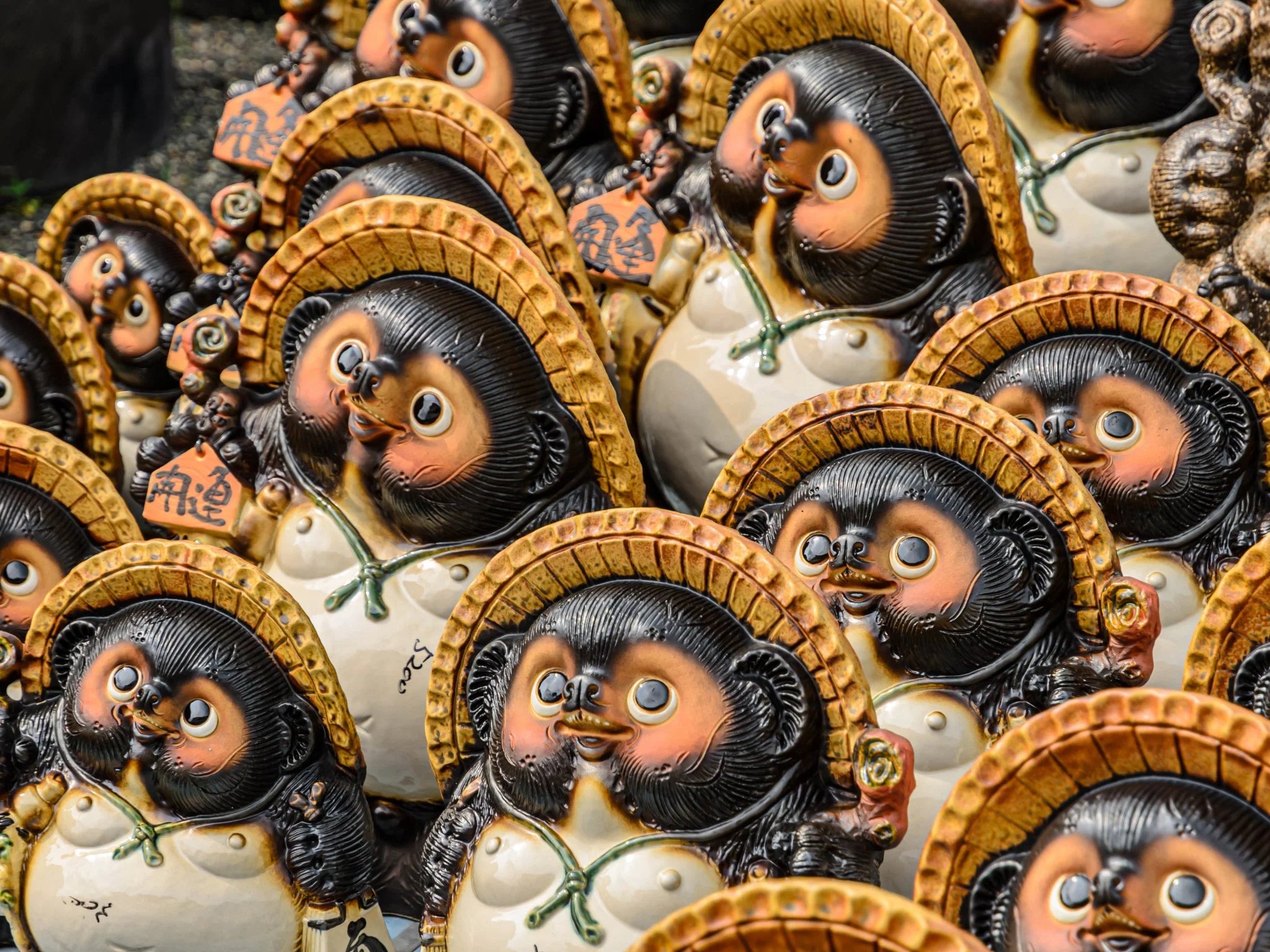
Creadores
Artículos relacionados
Filtros


